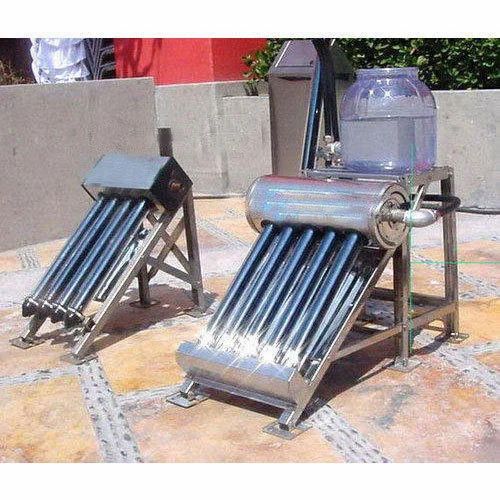But the price they quote for the battery is high, The lowest I have seen online is 19.8k for that shipped from chennai to any where in the south. So the street price should be cheaper, take for example the 150ah exide solar c10 battery, the lowest quote I got was 15k.
Cheaper is always available but the question then is how fresh ? he assures me his batteries are no older than 3-4 months. This necessarily means asking price will be closer to list price. Clearly a case of getting what you pay for.
I'd ask for the serial#s to cross check with the manufacturer before buying as a general rule with any battery seller. Now how many sellers will be as transparent.
Then again people are happy to get something cheaper. Just accept that battery will be older and what you get isn't going to be rated capacity but less. How much less is tbd.
Those dealers want like 200 bucks or something for putting distill water. I guess if one where to do it themself, keep the distill water bill receipts and then take a picture with a newspaper, of it being topped up.
Most dealer I spoke to are fine selling c10 batteries, as long as you solar panel installed during warranty claim, there shouldn't be a problem for solar criteria.
This is the next bit. Water quality. If you have access to good quality water then you don't need the refill service. Was even considering getting a
distiller so i could make it myself. 5ltr in 5h at the cost of 2.5units
How do you gauge how much water to put into the battery ? Do you just eyeball it and pour in.
If you keep a log in the way you described then i think the manufacturer will agree to the warranty.
For the price of 1550, you could get 2x 200ah exide c10 batteries+ 3kw solar inverter minus the panels. So if your load is like 400watts you can run for 8 hrs with 80% dod or get 2.4kw for 1hr.
With regalia you can only discharge max of 900watt and you will theoretically get 2hr 42min at 900watt. Where as exide can give the same 900watt load for 4hr 2 min.
The regalia will limit to 900W so the flinn can handle an unexpected surge and much higher load. I'm surprised there is a 3KVA model that works with just 24V. Cruze needs three batteries.
As for runtime, exide at 900W in a 24V system
900W is 37.5A draw. Which means 5.3h theoretical out of a flooded battery. At that high a draw the two C10's will be 80% so 4.2h. Taking into account the more efficient flinn inverter will decrease runtime by only 10% so ~3.8h till cutout. A whole hour+ longer.
I was just thinking there is no deduction here for 80% DOD as a C10 run flat like that will be 80% DOD when it cuts out anyway. The lithium will be entirely flat but the flooded battery isn't flat and the remainder can be withdrawn with a lower load but i'm leaving that out as it requires user intervention which i consider impractical over the long term. Good for an emergency though to have a little extra still left in the tank.
At 400W the regalia should manage 5.5h. The two C10's at 400W will have a runtime of 12h. No derating for C10 so take away 10% for inverter and the runtime will be 10.8h. Now the 80% DOD applies and the end result is 8h+ h
At a 2.4kW load, the two C10's will yield 2h. From the shakti
table, 2h means 60% with the inverter efficency drops it to just over one hour.
Will have to study the flinn inverter. There are two things i need to know. Is there a way to run an ethernet cable to it which can be connected to a wifi router. Then it can be accessed over wifi from a laptop without needing a wired connection. Is that possible ?
And how long can the wire between inverter and battery be ? can use thicker gauge if needed. Is 2m cable too long or does it have to be shorter to reduce losses.
The flinn has two fans so it will be noisy. I wanted to stick it in the staircase room. Would need to make some vents in the wooden sheet that covers the space under the staircase for venting. Not sure how safe this will. Small enclosed area that collects hydrogen and only a small spark can set it off. So the batteries will have to be stored outside the room and here the longer cable comes in with the not so quiet flinn inside the room
In comparison the regalia just hooks up on the wall in living room and the household has more or less accepted it that way.





